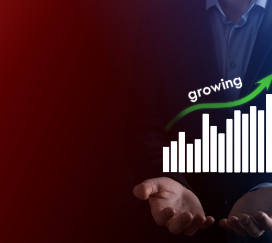Agriculture continued to be a significant contributor to the state's economy, with food crops accounting for 10.51% of the gross cropped area in 2021-22. Cash crops, including cashew, rubber, and tea, constituted a substantial 65.8% of the gross cropped area, with rubber, coffee, tea, and cardamom accounting for 28.2% of this area.
The industrial sector also played a crucial role in the state's economic growth, accounting for about 26.82% of GSVA at constant basic prices in 2021-22. Manufacturing and construction subsectors registered positive growth rates, with the manufacturing sector accounting for 12.12% of GSVA. This sector's share has shown a consistent upward trajectory over the years, from 9.78% in 2014-15 to 12.12% in 2021-22.











